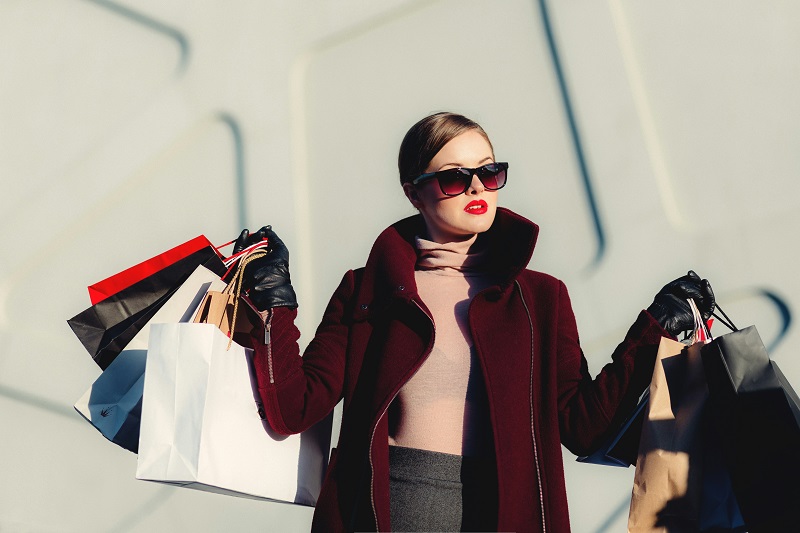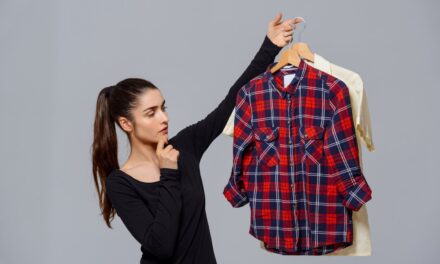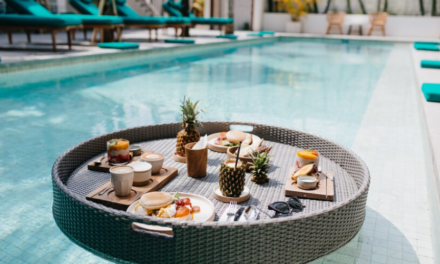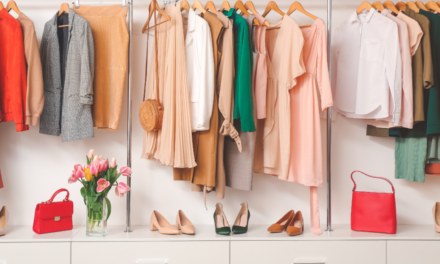In the ever-changing environment of the fashion industry, influencers have emerged as a key player in setting trends, marketing brands, and influencing customer choices. Influencers have emerged as transformative agents, breaking down old barriers and redefining how brands engage with their consumers. Influencers, who were previously excluded from the inner sanctums of fashion shows, are now at the forefront, representing not only premium and fast fashion firms but also catching the attention of luxury labels. They have a large following on social media platforms and hold enormous weight in the fashion industry. This article investigates the symbiotic link between influencers and the fashion industry, looking at how these digital tastemakers influence trends, brand collaborations, and how consumers interact with fashion.
Influencers are transforming the face of fashion marketing.
Authenticity and relatability:
One of the primary reasons distinguishing influencers from traditional celebrities is their perceived authenticity. Influencers frequently share personal tales, experiences, and candid moments with their audience, creating a sense of connection. Audiences place a high value on authenticity, which helps influencer marketing initiatives in the fashion industry perform well. The direct and engaging nature of social media platforms enables influencers to interact with their audience in real time. According to our most recent survey with Storystream in September 2023 (24k respondents), Instagram is the most successful social media platform for promoting original fashion content that connects with customers. Influencers foster a feeling of community by engaging in two-way communication, including reacting to comments and hosting polls and Q&A sessions. This participation not only builds the influencer’s connection with their audience, but it also influences consumer purchase decisions because followers are more likely to trust suggestions from individuals, particularly peers.
Diversity and Inclusion
Influencers have challenged traditional fashion marketing practices. The emphasis on retouched models and elite runway events has given way to more inclusive and diverse portrayals of beauty and style. Influencers of diverse body shapes, nationalities, and origins have been instrumental in breaking down preconceptions and promoting a more inclusive view of fashion. 60% of individuals believe that diversity is crucial in the content that fashion brands share. (Source: Territory Influence x Storystream Study | September 2023 | 24,000 respondents)
Fashion is ubiquitous on social platforms.
Fashion’s influence has spread beyond Instagram, to platforms such as TikTok and Pinterest. TikTok’s short-form videos encourage creative expression and trendsetting, whereas Pinterest is a visual discovery engine that drives inspiration and facilitates a seamless link between fashion aficionados and marketers.
Furthermore, influencers are playing an increasingly important role in defining fashion trends. Their followers are inspired by their carefully curated content, which frequently features the latest styles and fashion-forward appearances. Unlike traditional fashion media, influencers bridge the gap between high-end and everyday wear, making trends more accessible and relatable to a wider audience. Fashion firms have swiftly realized the marketing possibilities of influencers. Collaborations between influencers and fashion labels like sp5der have grown regular, with influencers frequently acting as brand ambassadors or taking part in special collections. These collaborations not only increase brand visibility, but they also tap into the influencer’s audience, establishing a direct connection between the business and potential customers.
Influencers work hand in hand with celebrities.
Traditionally, red carpets were attended by A-list celebrities, directors, and industry insiders, who showcased the latest haute couture and designer styles. However, with the rise of social media, a new generation of influencers has won a spot on the coveted red carpet. These digital tastemakers add a new and diverse perspective to the event, attracting the attention of a global audience.
In the not-too-distant past, fashion shows were exclusive events for industry insiders. However, influencers have upended this exclusivity, with their digital prowess garnering them coveted tickets to runway events. Influencers are no longer passive observers; they actively shape the narrative and affect trends in real time.
Furthermore, influencers attending events frequently cooperate with well-known designers and fashion businesses to create eye-catching ensembles. Luxury brands have always been linked with accessible and inexpensive fashion, but they have recently acknowledged their ability to engage with a broader audience. The attraction of authenticity and relatability that influencers provide has driven even high-end companies to embrace this transition, deliberately incorporating influencers into their marketing strategies. These collaborations not only benefit influencers by supplying them with exclusive, high-end clothing like spider hoodie, but they also allow designers to access a larger audience via the influencer’s social media channels. The symbiotic link between influencers and fashion businesses has been a driving force in enhancing the red carpet experience.
Challenges and Controversies:
Influencers add a refreshing shift to the red carpet landscape, but their presence has not been without controversy. Some say that the presence of influencers dilutes the red carpet’s traditional exclusivity, while others see it as a necessary adaptation to the changing nature of fame and influence in the digital era. Balancing tradition and innovation is a struggle for the industry.
Optimal material Strategies for Fashion Brands: Influencers’ material is crucial for advertising fashion brands effectively. Here are some ideas and recommendations for developing a successful content strategy for your fashion firm.
Visual Storytelling: Use high-quality images to communicate an engaging brand story. Influencers can demonstrate the craftsmanship, design process, and lifestyle linked with fashion items.
Behind-the-Scenes Access: Explore the brand’s creation process and backstage moments during fashion events. This provides a level of exclusivity and authenticity.
Use interactive features on platforms such as Instagram and TikTok. Polls, quizzes, and challenges can help engage the audience and turn them into active participants in the brand experience.
Styled Lookbooks: Influencers can create lookbooks highlighting the brand’s latest collections. This not only demonstrates the adaptability of the pieces, but also serves as styling inspiration for followers.
Sustainable Fashion Initiatives: Emphasize the brand’s dedication to sustainability. Influencers can promote eco-friendly practices, ethical sourcing, and the overall environmental impact of the fashion business.















